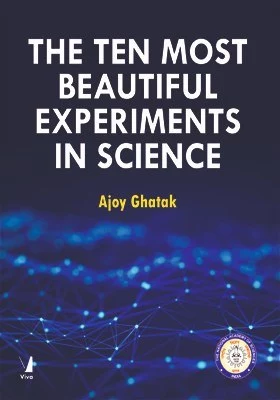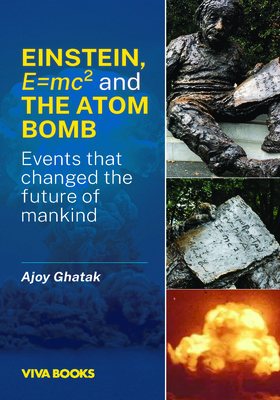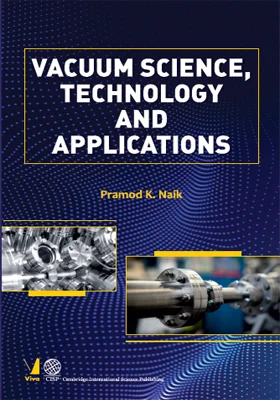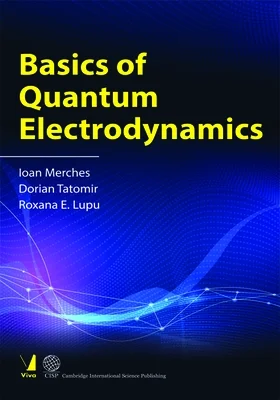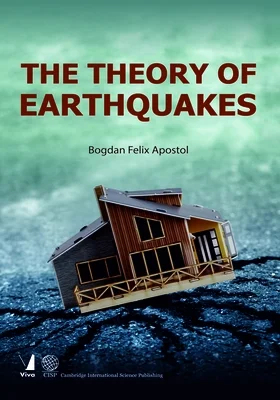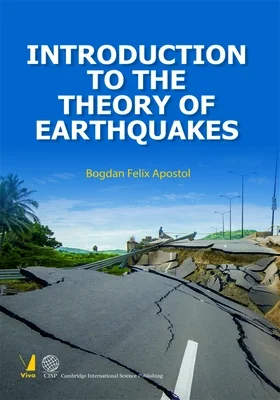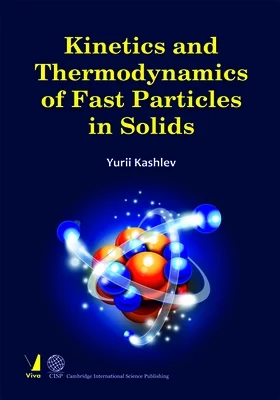Science Experiments textbook for sale
The Ten Most Beautiful Experiments in Science
₹445.50 ₹495.00 Save: ₹49.50 (10%)
Go to cartISBN: 9789392299186
Bind: Paperback
Year: 2022
Pages: 76
Size: 7.25 x 9.5 Inch
Publisher: Viva Books Originals
Sales Territory: Worldwide
Description:
In 2002, Professor Robert Crease, a philosopher and historian of science, asked physicists to nominate the most beautiful experiment of all time. From that emerged a list of ten most beautiful experiments in science. In this book I have tried to describe the physics of the ten experiments with the hope that young students will be able to appreciate the beauty and profoundness of each experiment. I have also discussed a few beautiful experiments with light and why (after the discovery of lasers) the study of light has become so very important. I do hope that by reading this little book, young students will try out a few experiments in their school and aspire to learn more of basic physics.
Target Audience:
Useful for students of class 11 & 12 and also for undergraduate students studying physics.
Contents:
Preface
1. Introduction
2. The Ten Most Beautiful Experiments in Science
Experiment 10: The experiment involving Foucault’s pendulum demonstrating the rotational motion of the Earth (1851)
Experiment 9: By studying the scattering of alpha particles by thin films of gold, Ernest Rutherford discovered that most of the mass of the atom is concentrated in a tiny region known as the nucleus; thus he discovered the atomic nucleus (1911)
Experiment 8: Galileo’s experiments (around 1604) showing that the distance traversed by objects sliding down inclined planes is proportional to the square of the time of descent
Experiment 7: Eratosthenes’ measurement of the Earth’s circumference (Around 3rd century BC)
Experiment 6: Cavendish’s torsion-bar experiment which determined the Gravitational constant G and “weighed the world” (1798)
Experiment 5: Young’s interference experiment demonstrating that light was a wave (1801)
Experiment 4: Isaac Newton showed that a narrow beam of sunlight falling on a glass prism gets dispersed into various colors (mid 17th century)
Experiment 3: Millikan’s oil-drop experiment measuring the charge of the electron (1911)
Experiment 2: Galileo’s experiment on falling objects; that if two objects of much different weights are dropped from a height, both take the same amount of time to reach the ground (late 16th century)
Experiment 1: Double slit interference experiment with single electrons which demonstrated the quantum interference of single electrons and therefore quantum nature of the physical world (mid 20th century)
3. Why Study of Light Has Become So Important?
The Laser
Fiber Optics: Total Internal Reflection and Scattering
LIGO (The Laser Interferometer Gravitational-Wave Observatory)
References
About the Author:
Ajoy Ghatak was Professor of Physics at IIT Delhi. Since 2008, he has been associated with The National Academy of Sciences, India - the oldest Science Academy in India. He received his M.Sc. from Delhi University and Ph.D. from Cornell University. His research interests are in Fiber Optics and Quantum Mechanics. He has authored 19 books including his undergraduate text Optics, which has been translated to Chinese and Persian. His most recent books are Einstein’s Year of Miracles: E=mc2, The Light Quantum & Special Theory of Relativity and also a biography with the title Albert Einstein: The Story of a Genius. He is the recipient of the 2008 SPIE Educator Award in recognition of ‘his unparalleled global contributions to the field of fiber optics research, and his tireless dedication to optics education worldwide’; the 2003 OSA (The Optical Society of America) Beller Award; International Commission for Optics 1998 Galileo Award and also the CSIR 1979 S.S Bhatnagar Award for ‘outstanding contributions in physical sciences’. He received the 2020 OSA Lee Award for “his seminal role in the development of fiber optics and guided wave photonics and for pioneering optics education in India” and the 2021 SASTRA-G.N. Ramachandran Award for ‘excellence in Physics’.
